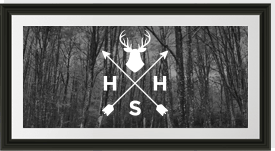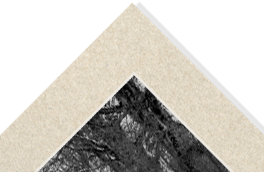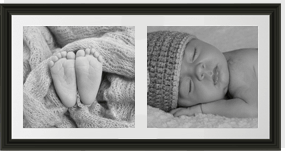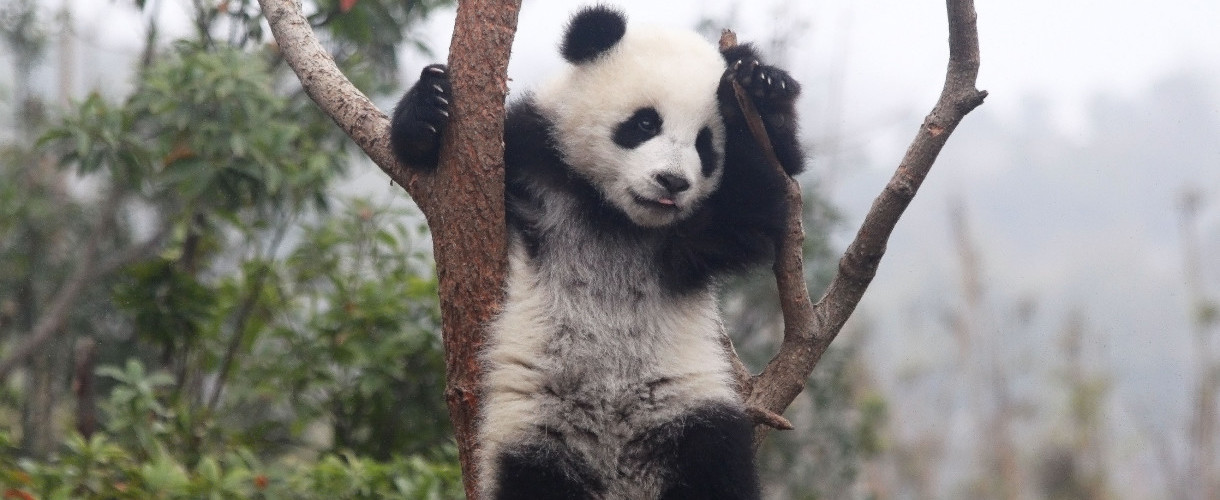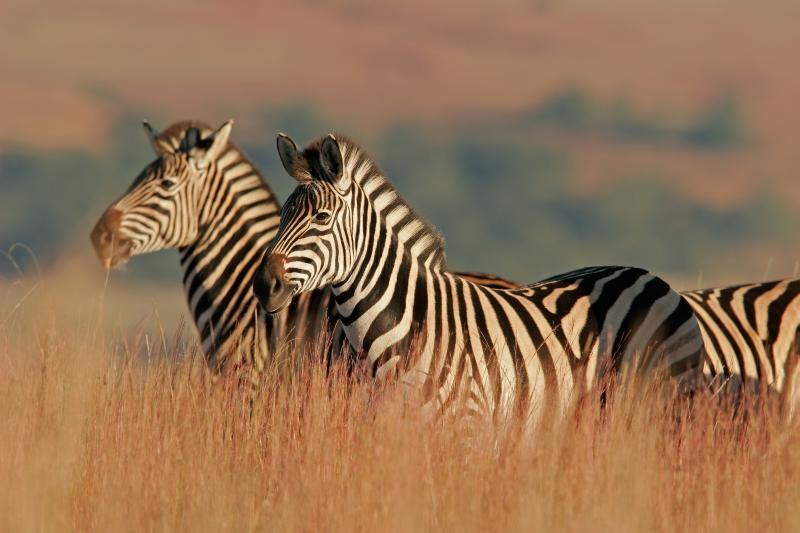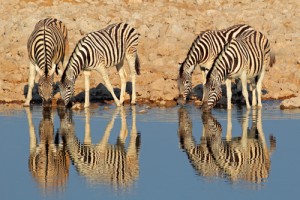Wildlife Photography- Basics of Photography Series Part 9
It can be an amazing experience even getting a glimpse of some of the world’s best wildlife, and capturing that moment and telling a story years on can only add to it. Whether you are searching to capture your favourite animal in action, delve deeper into the lives of insects or simply want to explore wildlife photography as you develop your skills, from insects to household pets, meerkats at the zoo to elephants at a wildlife reserve, we’ve compiled a list of top tips to beautifully capture wildlife in a photo.
Setting/Environment
An important consideration is where you want to begin photographing wildlife. Remember you don’t have to get on capturing big cats, elephants and giraffes in the world. A great place to begin your wildlife photography journey is at home. Consider trying to photograph your pets, or insects in your garden; closer to home, and free there are many benefits of starting the journey at home, and even though the subjects may not be the king of the animal kingdom you can make them rule your shot and get some exceptional images.
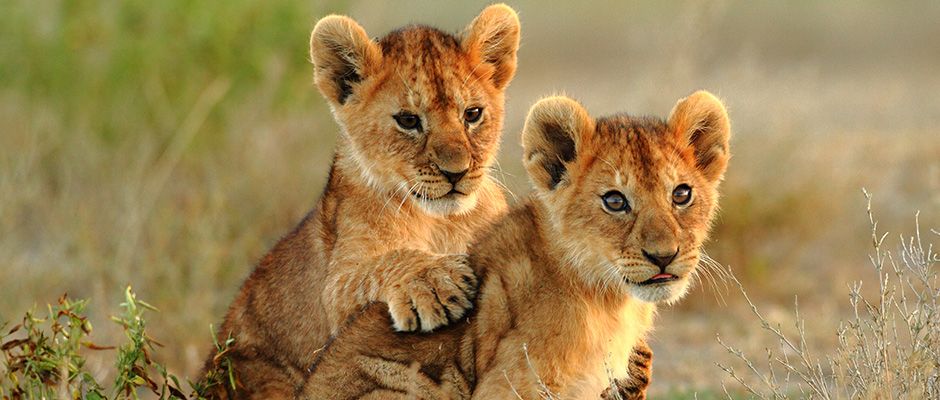
Can’t find much wildlife in your garden? Consider placing ornaments such as bird feeders in your garden to help attract them in. This way you also get to pick the area you photograph in, the best places to set up and also have more flexibility in when you can get shooting.
Connecting with the subject vs. capturing their lives
A big decision when photographing wildlife is whether you want to go for the ‘personality’ shot or for the more informative environment shot. With this you will be looking at whether to go up-close with your subject and capture their features and emotions or whether to draw back and capture them in the environment and more elements of their life/ what they do.
Setting up for the shot/positioning
When photographing wildlife whether it be insects or big mammals you should remember to keep your presence as secret as possible. It is likely if you start trying to set up a tripod directly in front of your subject they will get scared away from you and your camera. Alternatively try to disrupt the are as little as possible making use of your body or things around you to help stabilize your camera e.g. resting your elbow on your arm.
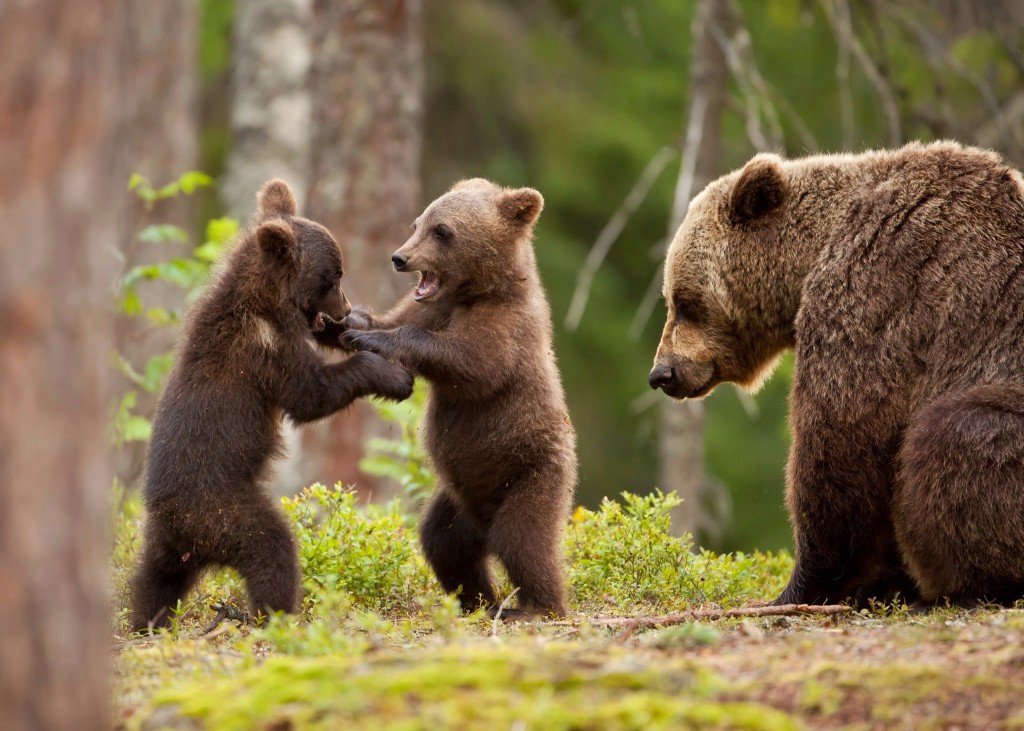
Focal Points
When setting up your shot consider where you want your focal point and what areas of your view you’d like to be blurred. Ideally your focal point should be on your wildlife companion and throwing out the background, however as we said before sometimes you may want to get the surrounding environment in the shot to help tell a story. If you’re looking to take a shot at a nature reserve or zoo, use your focal point to help blur out any wires or cage from around your subject. (n.b. to blur something out it must be closer to you than your subject).
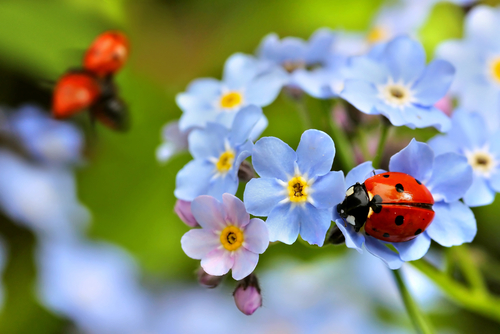
Get the Action
Action shots are by far the ones that take the most patience and also the quickest reactions to help prevent that one moment speeding past you. Maximise your chances to get the shot by observing your subject behaviour to help you predict when a great shot is on its way and have your camera poised. It’s also a great idea to set your camera to continuous shutter mode, this will allow you to capture a series of images rapidly to help you capture the action.
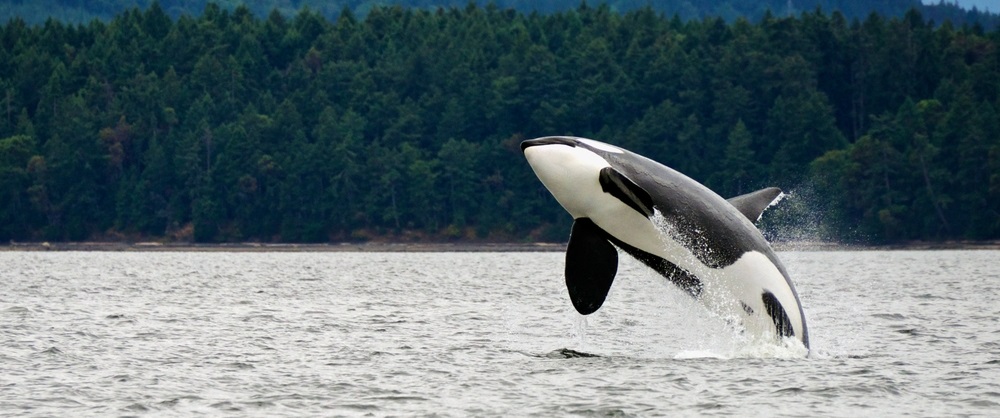
Don’t forget you don’t have to be photographing the most beautiful or elusive of the animal kingdom. From within reach of your own home, there is a whole world of life to capture.
To keep exploring on your journey in photography take a look at all the parts in our Basics of Photography Series.
